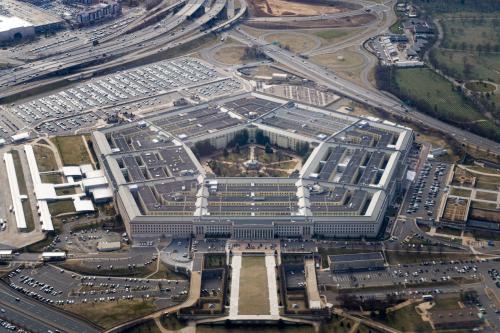INTRODUCTION
Back in the early 1970s, a handful of scientists, engineers, defense contractors and U.S. Air Force officers got together to form a professional group. They were essentially trying to solve the same problem: how to build machines that can operate on their own without human control and to figure out ways to convince both the public and a reluctant Pentagon brass that robots on the battlefield are a good idea. For decades they met once or twice a year, in relative obscurity, to talk over technical issues, exchange gossip and renew old friendships. This once cozy group, the Association for Unmanned Systems International, now encompasses more than 1,500 member companies and organizations from 55 countries. The growth happened so fast, in fact, that it found itself in something of an identity crisis. At one of its meetings in San Diego, it even hired a “master storyteller” to help the group pull together the narrative of the amazing changes in robotic technology. As one attendee summed up, “Where have we come from? Where are we? And where should we—and where do we want to—go?”
What prompted the group’s soul-searching is one of the most profound changes in modern warfare since the advent of gunpowder or the airplane: an astonishingly rapid rise in the use of robots on the battlefield. Not a single robot accompanied the U.S. advance from Kuwait toward Baghdad in 2003. Since then, 7,000 “unmanned” aircraft and another 12,000 ground vehicles have entered the U.S. military inventory, entrusted with missions that range from seeking out snipers to bombing the hideouts of al-Qaeda higher-ups in Pakistan. The world’s most powerful fighting forces, which once eschewed robots as unbecoming to their warrior culture, have now embraced a war of the machines as a means of combating an irregular enemy that triggers remote explosions with cell phones and then blends back into the crowd. These robotic systems are not only having a big effect on how this new type of warfare is fought, but they also have initiated a set of contentious arguments about the implications of using ever more autonomous and intelligent machines in battle. Moving soldiers out of harm’s way may save lives, but the growing use of robots also raises deep political, legal and ethical questions about the fundamental nature of warfare and whether these technologies could inadvertently make wars easier to start.
Read the full article at scientificamerican.com » (Subscription required)

Commentary
War of the Machines
June 17, 2010